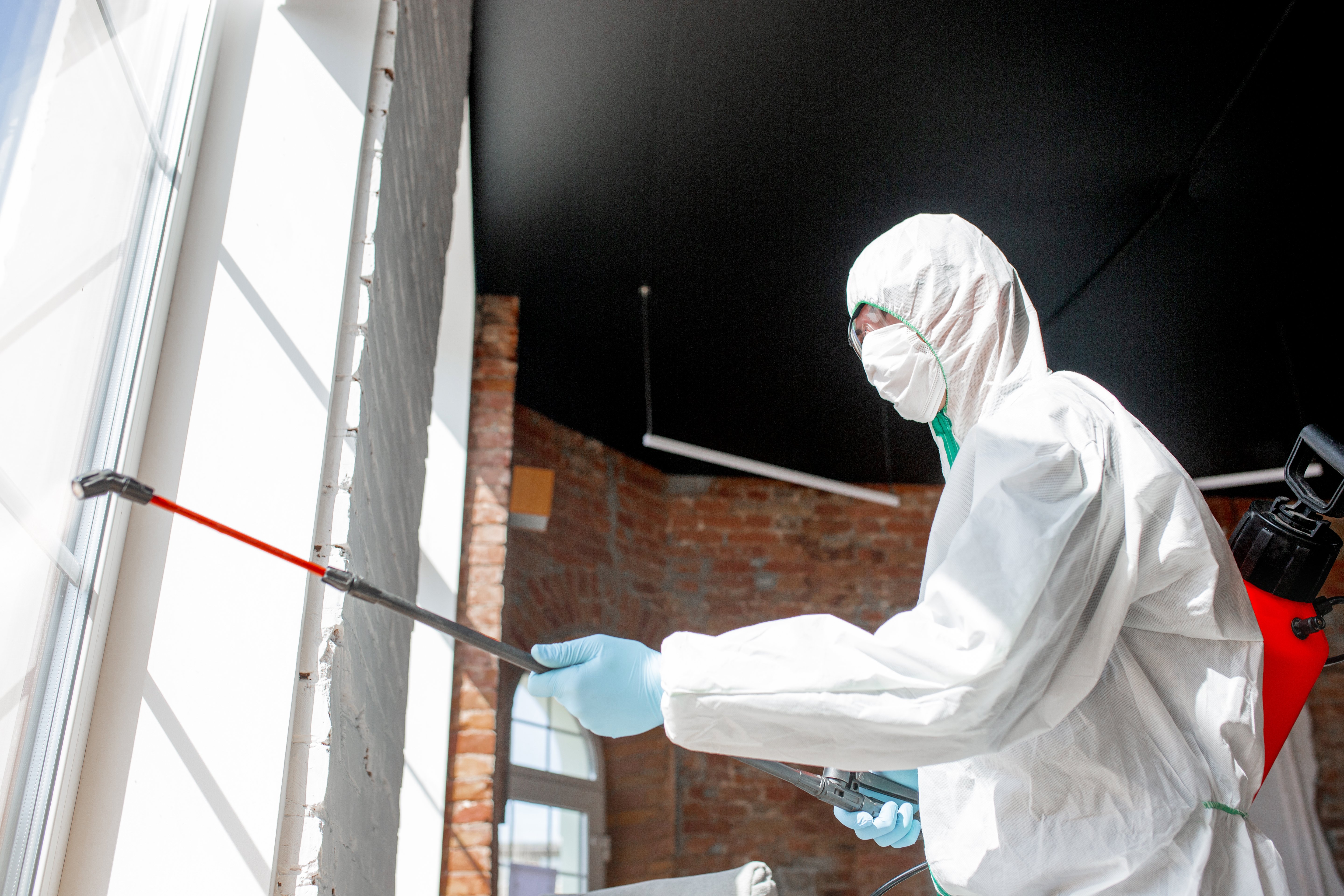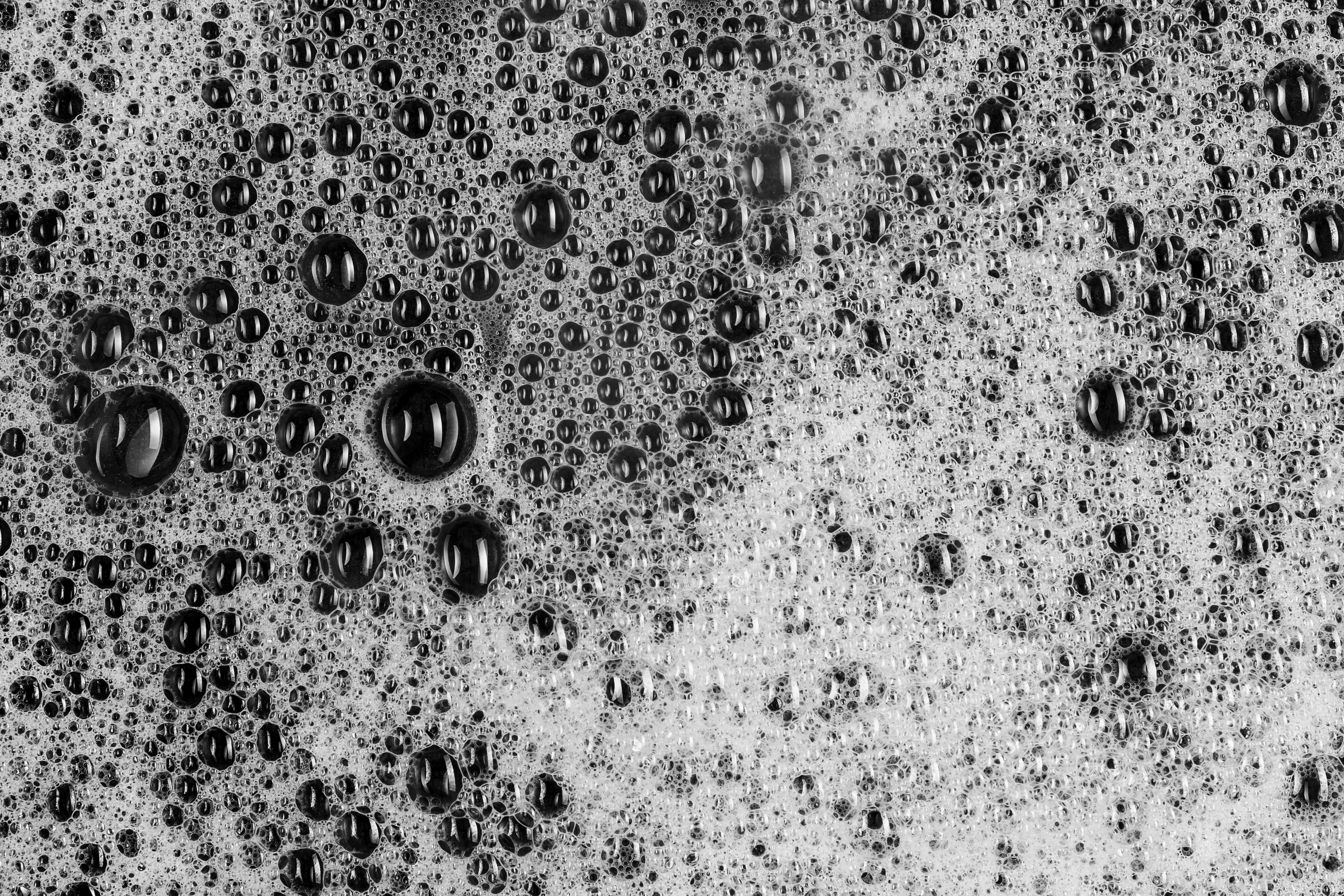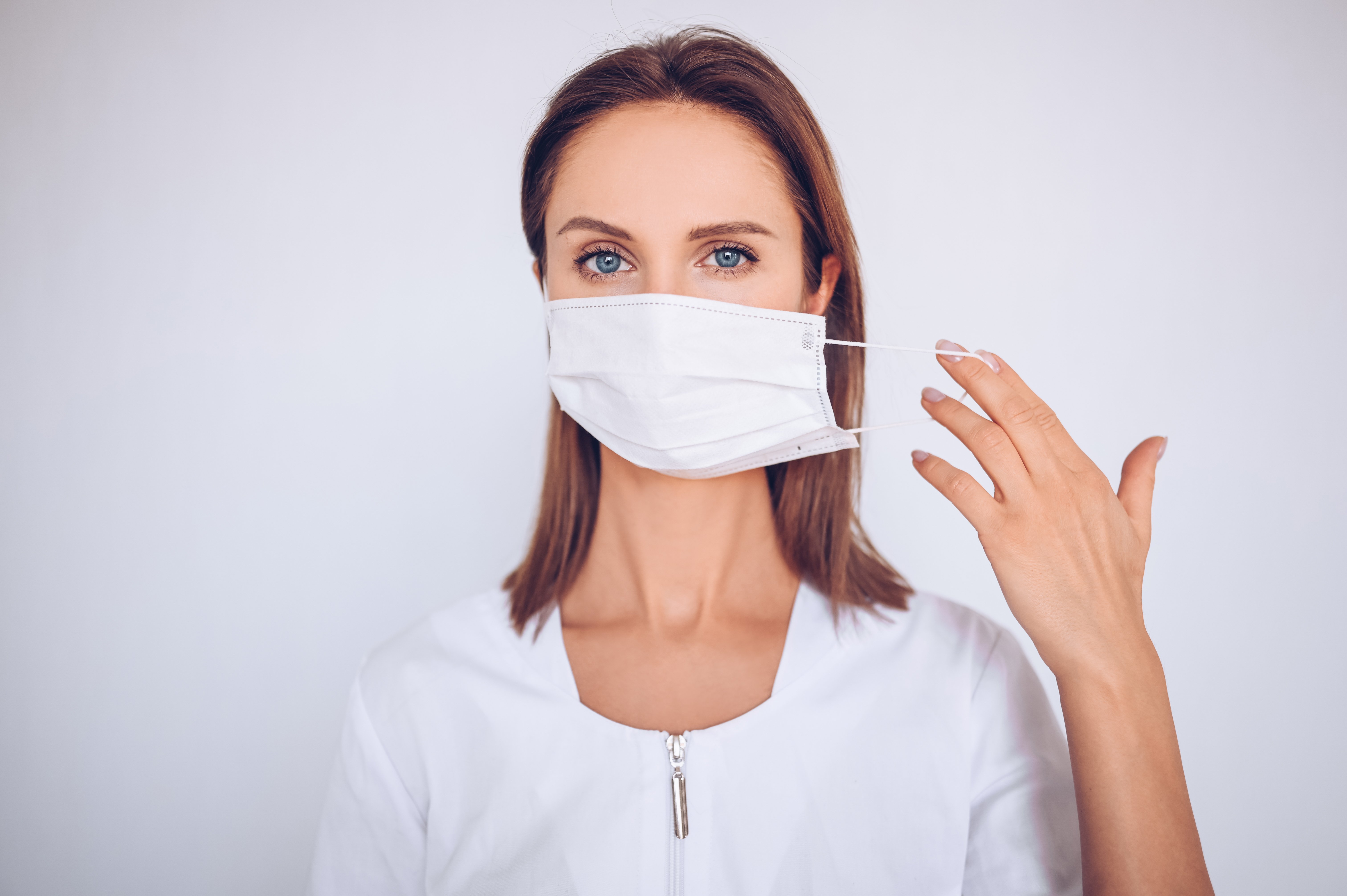This article is written with Coronavirus myth busting in mind to help clarify and disprove common misconceptions since the outbreak of the Coronavirus. We take a close look at some cleaning mistakes people regularly make as well as some more general COVID-19 misunderstandings.
Coronavirus Myth Busting
Myth 1) Electrostatic sanitisation is the same as fogging
Electrostatic sanitisation is not the same as fogging. Electrostatic sanitisation is a non-intrusive method of cleaning that uses a positively charged mist solution to first kill harmful germs, virus’ and bacteria as well as leaving a protective layer on surfaces and objects for the next 21 days. Electrostatic cleaning requires minimal preparation and does not cause damage to electrical equipment within a space.
Fogging differs from Electrostatic cleaning as it sprays disinfectant into a room in the form of a fog. The disinfectant is essentially dispersed around the space through water droplets. This means that fogging requires a lot more preparation than electrostatic cleaning and can not be used on electrical equipment.
Check out our other blogs to understand more about electrostatic sanitisation.
Myth 2) Electrostatic cleaners wear protective suits
Electrostatic cleaners do not have to wear protective suits or clothes. This is a common misconception about the cleaning technique. The solution used in the electrostatic sanitisation process is non-toxic and not harmful to humans. This means that the space is also ready for use just 15 minutes after the sanitisation prices is complete.

Myth 3) Cleaning, disinfecting, and sanitisation are the same thing
Cleaning, disinfecting, and sanitisation are in fact different. In an article released by Centres for Disease Control and Prevention, a definition for each is clearly given:
“Cleaning removes germs, dirt, and impurities from surfaces or objects. Cleaning works by using soap (or detergent) and water to physically remove germs from surfaces. This process does not necessarily kill germs, but by removing them, it lowers their numbers and the risk of spreading infection.
Disinfecting kills germs on surfaces or objects. Disinfecting works by using chemicals to kill germs on surfaces or objects. This process does not necessarily clean dirty surfaces or remove germs, but by killing germs on a surface after cleaning, it can further lower the risk of spreading infection.
Sanitising lowers the number of germs on surfaces or objects to a safe level, as judged by public health standards or requirements. This process works by either cleaning or disinfecting surfaces or objects to lower the risk of spreading infection.”
Myth 4) Disinfectant products work instantly
Unfortunately, disinfectant products do not work instantly.
Many people believe that wiping a surface with a disinfectant spray or wipe instantly kills germs, virus’, and bacteria. Many disinfectants take a few minutes to work and will only kill 99.9% of harmful microorganisms on the surface. When using disinfectant products check the instructions on the packaging to understand the correct process to disinfect.
5) Soapy water is useless against COVID-19
Basic soapy water, although not as effective as disinfectant, is not useless against COVID-19. It can, in fact, kill bacteria and viruses like coronavirus. Soapy water cleaning can also dislodge and remove germs, virus’, and bacteria from flat surfaces throughout the wiping process. When using soapy water to clean surfaces we advise using warm/hot water to make the cleaning process more effective.

Myth 6) You should only disinfect surfaces that come into regular contact with people
Some surfaces and objects throughout your places of work will undoubtedly come into contact with people on a more regular basis than others. This includes things like:
- Door handles
- Safety doors unlock buttons
- Light switches
- Railings
However, this does not mean that only these surfaces should be disinfected. Coronavirus can spread through both touch and water droplets in the air. When cleaning and disinfecting your workspace, ensure you schedule cleaning for high volume touch points as well as the rest of the space. A deep, complete clean eliminates as much risk of the virus spreading as possible.
Myth 7) You should bleach your clothes to kill the Coronavirus
This is certainly not true and terrible advice. Bleaching your clothes will ruin them.
To kill and remove the Coronavirus from your clothes, simply follow the washing instruction provided on the item of clothing. If you want to be extra safe, wash on as high a temperature as possible. Simply washing your clothes is effective as the virus cannot survive the warm, soapy, turbulent environment of a washing machine.
Myth 8) Masks stop you from catching the Coronavirus
Unfortunately, wearing a mask will not make you immune from catching the Coronavirus. The rule of wearing a mask has essentially been put in place to do just the opposite,
Masks are there to minimise the chance of the person wearing them from spreading the Virus. Masks achieve this from blocking the disbursement of water droplets from your mouth and nose during breathing. Although they are not 100% effective, they can dramatically reduce the chances of an infected person spread the virus.

Myth 9) Hand sanitiser is not affective against Coronavirus
Some people believe that hand sanitiser is not effective against Coronavirus. This is simply not true.
Just as a washing your hands thoroughly with soap and water for at least 20 seconds, hand sanitiser is a highly effective way to defend against harmful bacteria and viruses. The best type of hand sanitiser identified in Medical News Today is an alcohol-based solution.
Myth 10) You cannot catch Coronavirus more than once
If you have tested positive for COVID-19, there is a chance that you have developed some immunity to the disease through your body producing antibodies. However, there is no scientific research that confirms this makes you immune from catching the virus again in the future.
To be on the safe side, follow the government guidelines and Coronavirus best practices even if you think you have had the virus in the past.

